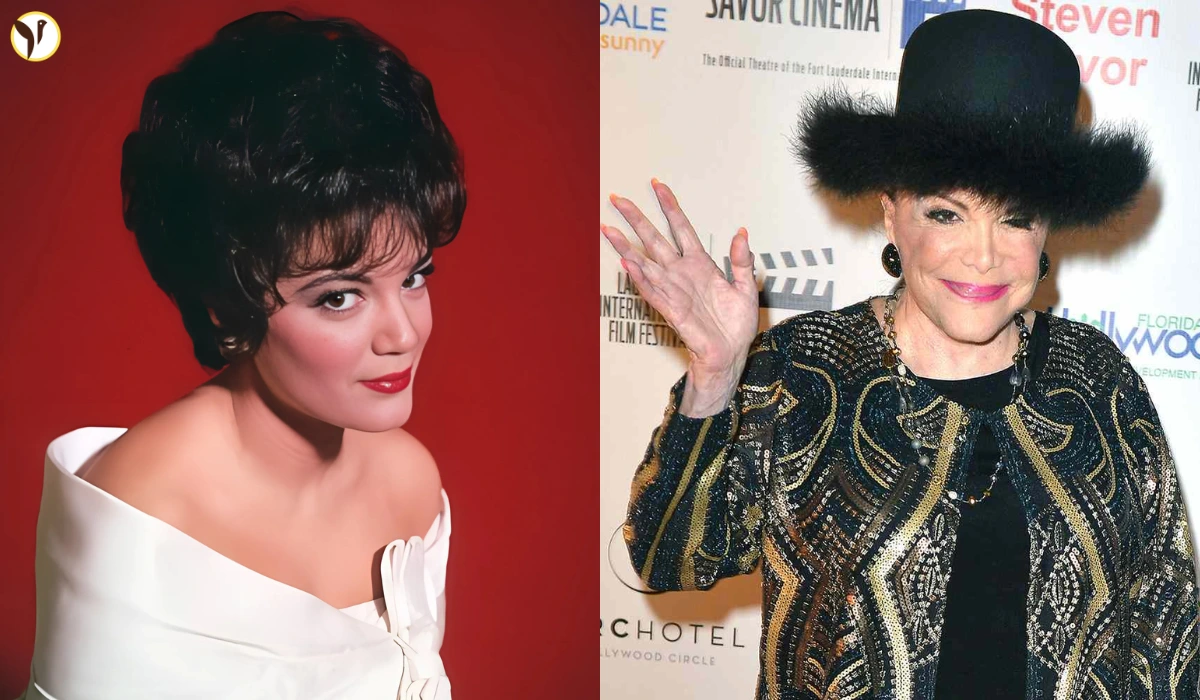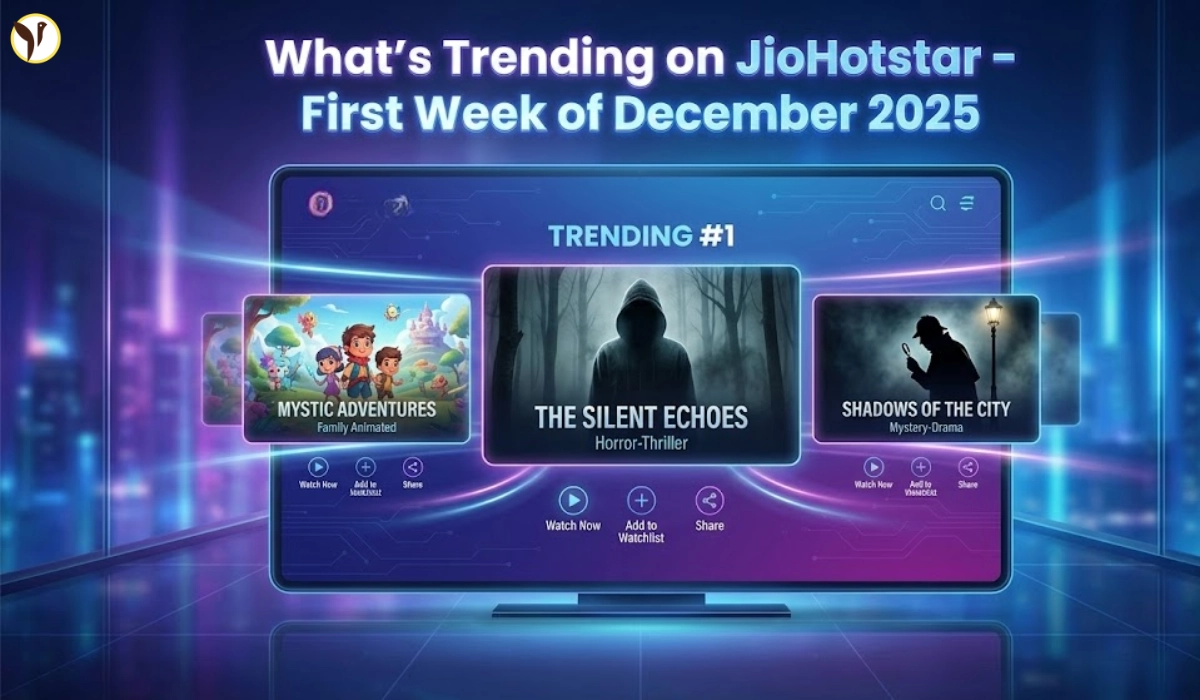Connie Francis truly defined pop music with her voice in the 1950s and 60s. Her singing was full of emotion, sincerity, and range, making her one of the era's most beloved artists. Connie started her career as a musical teen in Newark, New Jersey and rose to international stardom by singing in multiple languages and selling over 200 million records. Her songs told stories about love, youth, heartbreak, and hope. Many of her songs continue to move people today.
Here, we are going to revisit ten of Connie's biggest songs, each of which had a significant impact on her career and a chapter in the history of pop music.
The Breakthrough Moments
1. “Who's Sorry Now” (1958)
Connie's introduction to stardom began with this song. Although originally popular in the 1920s and recorded by several different artists including Ella Fitzgerald in 1953, it was Francis's version that revived this 1920s hit. The emotional delivery, the almost hidden vibrato, and youthful blackness made this single reach No. 4 on the Billboard Hot 100 chart. As a teenaged singer with her first major single release, this was an incredible accomplishment. It was the beginning of a new pop movement and brought her to the attention of the audience.
2. “Stupid Cupid” (1958)
"Stupid Cupid" was composed by Neil Sedaka and Howard Greenfield, and showcased Connie's pep side. The light and bouncy tune had all the makings of a catchy teenage hit, coupling an exciting melody with relatable lyrics. The hit endeared Connie even further to youth and established that she could easily transition from heavy emotional ballads to breezy pop music.
3. “Lipstick on Your Collar” (1959)
This lively number with hints of rock rhythms snagged the interest of fans with a teenage romance story. The chorus, where the sign of cheating (“lipstick on your collar”) got everybody singing along. The song went high on the charts and is still one of her most identifiable hits. In this song, she demonstrated the capacity to take relatable teenage stories and have them sounded fun and musically polished.
The Ballads That Established Her Emotional Range
4. “My Happiness” (1958)
Expressing a different side of Connie, "My Happiness" is a soft, sweet ballad which reached No. 2 on Billboard and helped solidify her as a singer that could present deeper and more romantic material. The song's lyrics and tone made it a slow dance and sentimental favorite, and it contained the emotional authenticity that would become much of her music and tell her story.
5. “Among My Souvenirs” (1959)
A song about nostalgia, memory, and bittersweet love, it highlighted Connie’s ability to connect on a deeper level of emotional response. Her interpretation left listeners visualizing old letters, pictures, and the sadness of recollection. A much more grown-up song that showed her capabilities of artistic variety amongst other youthful songs.
6. “Mama” (1960)
Partially in Italian, in tribute to mothers, “Mama” also solidified Connie’s ties to her Italian-American identity in front of fans, especially her younger Italian-American fans. Added depth and warmth to Connie's image and audience appeal by showcasing cultural flavor and universal song themes.
Milestones of Chart Success
7. "Everybody's Somebody's Fool" (1960)
This record is historically noteworthy: Connie became the first solo female artist to reach No. 1 on the Billboard Hot 100. The tune is easy, soft and the lyrics are deceptively simple, but generally true. The song's success opened the doors for women to assume roles in pop music, and paved the way for many females who came after.
8. "Where the Boys Are" (1961)
Written for the film of the same name, in which Connie starred, this song was used in the early 1960s as a rallying cry for young women. It has a yearning yet hopeful quality and demonstrates teenage wonder and excitement and anticipation over new experiences. It's one of her classic songs and tastes the same with today’s audiences many decades later.
9. "Don't Break the Heart That Loves You" (1962)
One of Connie's more tender ballads, it also hit the top of Billboard charts again in 1962. It illustrates careful vocal phrasing and emotional delivery, exposing vulnerability and pleading, but in a restrained sense. It established for Connie that she could maintain chart success with more worldly, adult-oriented material.
A Lost Treasure Rediscovered
10. "Pretty Little Baby" (1961)
"Pretty Little Baby" was not one of Connie’s most notable chart hits back in its day, but thanks to endless viral social media interest, it has a new lease on life. The gentle duration, lovely lyrics, and emotional subtleness make it a classic fan favorite. It is appreciated by a younger generation today for its honesty and melodic simplicity, and it has come to characterize how Connie's quieter songs can be received.
Why She still has Signature Songs
Connie Francis’s greatest hits not only occupy a treasured spot in the annals of pop nostalgia, but her songs also closely represent the historical legacy of American popular music.
- Emotional authenticity: When she was singing about first love, singing about a broken heart, or singing about a cheating partner—the emotional coordination that came through was palpable. Her emotional connection to her songs made the listener feel, not just hear, what she was singing about.
- Vocal versatility: Connie could go a playful pop song like Stupid Cupid, and then seamlessly turn around and sing a deeply profound ballad like Among My Souvenirs, communicating the same emotional conviction.
- Cultural representation: Singing to audiences in multiple languages gave her an relevancy beyond American culture, and her Italian American roots were prominently featured in songs like Mama, which created another platform for her audience to be connected to her.
- Trailblazer: Connie became the very first solo female artist to hit number one on the Billboard Hot 100, and in doing so, she truly opened doors for many female pop stars who came after her.
- Longevity: Although many artists never are able to experience cross-generational popularity, from Connie's chest of songs are constantly being played, rediscovered and celebrated. The renewed popularity of the song Pretty Little Baby illustrates Connie's music still speaks to generations.
Her songs ended up on playlists, radio specials and released for decades after their original release. The music wasn't just relevance in her time—it's relevancy has endured.The emotional core of her songs has no age, wherever and however listeners discovered her whether it was on vinyl, radio, youtube or tiktok.
Relation Through The Music
The music of Connie Francis links to a connector into emotional personal moments in life for many fans, whether that is a first slow dance with a partner, a young adult's first heartbreak, or just projecting her voice into family recollections. Even after decades, those early or seminal experiences are invariably connected through her music.
When 'Pretty Little Baby' became a huge hit on TikTok, it really proved that a simple song with a straightforward tune and honest words can connect with people across different generations. "Old" listeners connected back after closed doors to renewal with her music, and younger audiences heard new songs for the first time and broken out those songs into her past with their own story.
We can feel the brilliance of the earliest stages of his success and the lasting nature of his artistry in these 10 songs. These songs show:
- The flash of his breakout years with happy songs,
- The beauty of his vulnerable ballads,
- The progress made for female artists in an industry dominated by men,
- And the timelessness of his voice and songwriting.
Final Thoughts
Although Connie Francis is no longer with us, her songs give us a lasting tribute to her legacy. Her songs tell stories about love, youth, family, nostalgia, and reflectiveness with sincerity and empathy. Her voice crossed generations and connected with a listener's emotions in ways that only humans could do.
For as long as anyone hears Who's Sorry Now?, Where the Boys Are, or Pretty Little Baby, her musical legacy will endure. These songs made her legendary status in the music business, but the songs will help to keep her incomparable.
Source(Image / Thumbnail): imdb.com
Also read:









